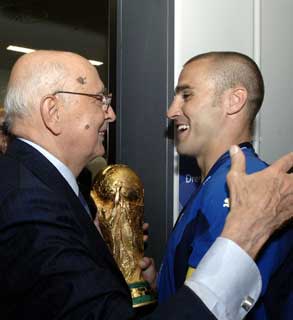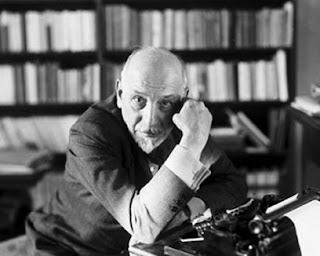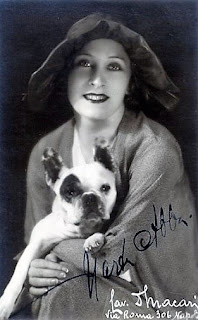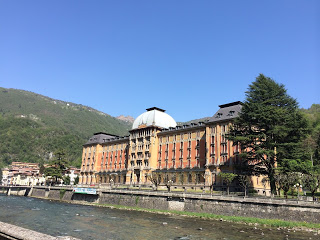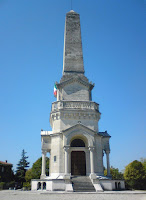Ex anti-Mafia judge now bestselling author
 |
| Gianrico Carofiglio was a prominent figure in the fight against the Mafia in Bari |
Carofiglio is best known for a series of thrillers featuring the character of lawyer Guido Guerrieri but he has also written a number of novels featuring other characters, still mainly in the crime thriller genre.
One of them, his 2004 novel Il passato è una terra straniera (The Past is a Foreign Country), was made into an acclaimed film, directed by Daniele Vicari and starring Elio Germano, who appeared in the multi award-winning TV series Romanzo Criminale, and Michele Riondino, who played Andrea Camilleri’s most famous detective in the TV series The Young Montalbano.
Carofiglio drew inspiration and much technical knowledge from his career as a magistrate, which culminated in him becoming deputy prosecutor in the Anti-Mafia Directorate of his home town, Bari.
He was an advisor to the anti-Mafia committee in the Italian parliament in 2007 and served as senator between 2008 and 2013. For many years, he was provided with a police bodyguard.
Carofiglio’s interest in writing was passed on by his mother, Enza Buono, a novelist from Sicily, but he chose a career in law, becoming a magistrate in Prato, in Tuscany, at the age of 25. From there he moved to Foggia, a little to the north of Bari, where he was public prosecutor.
 |
| Carofiglio's Guido Guerrieri novels have been bestsellers in Italy and abroad |
The Guerrieri novels also formed the basis for a TV series in Italy.
Carofiglio enjoyed success immediately, winning several awards for best debut novel. The Past is a Foreign Country won the prestigious Premio Bancarella in 2005.
However, he did not devote himself to writing full time until he had completed his term in the Senate, after which he also resigned from the judiciary.
Other novels by Carofiglio translated into English include Il silenzio dell’onda (The Silence of the Wave, 2011) and L’estate fredda (The Cold Summer, 2016), the latter featuring a new character, the Carabinieri marshall Pietro Fenoglio.
For several years president of the Petruzzelli Theatre in Bari, he is also honorary president of The Edinburgh Gadda Prize which celebrates the work of writer and poet Carlo Emilio Gadda.
Carofiglio still lives in Bari with his wife and two children.
 |
| The Teatro Petruzzelli was once one of Italy's leading theatres and opera houses |
The Teatro Petruzzelli is the largest theatre in Bari and the fourth biggest in Italy by size. Built between 1898 and 1903, it became a major venue for opera and ballet and for concerts. A long list of stars who performed there included Italian operatic greats from Tito Schipa to Luciano Pavarotti, Austrian conductor Herbert von Karajan, Russian dancer Rudolf Nureyev and international singing stars such as Frank Sinatra, Ray Charles and Liza Minnelli. The theatre was completely destroyed by fire in 1991 as a result of a suspected arson attack and rebuilt, but did not reopen until 2009 following protracted legal battles over ownership.
 |
| The cathedral of Santa Maria de Fovea in Foggia |
The city of Foggia was once known as the ‘granary of Italy’, thanks to its proximity to a large plain, known as the Tavoliere delle Puglie, which enabled the growing of wheat and other grain plants on a large scale. There are many pasta factories, although productivity in the area is not limited to grains, being a significant producer of olives, grapes and cheeses too. The old centre of the city is a network of narrow streets, at the heart of which is the part-Romanic, part-Baroque cathedral of Santa Maria de Fovea.
Home


